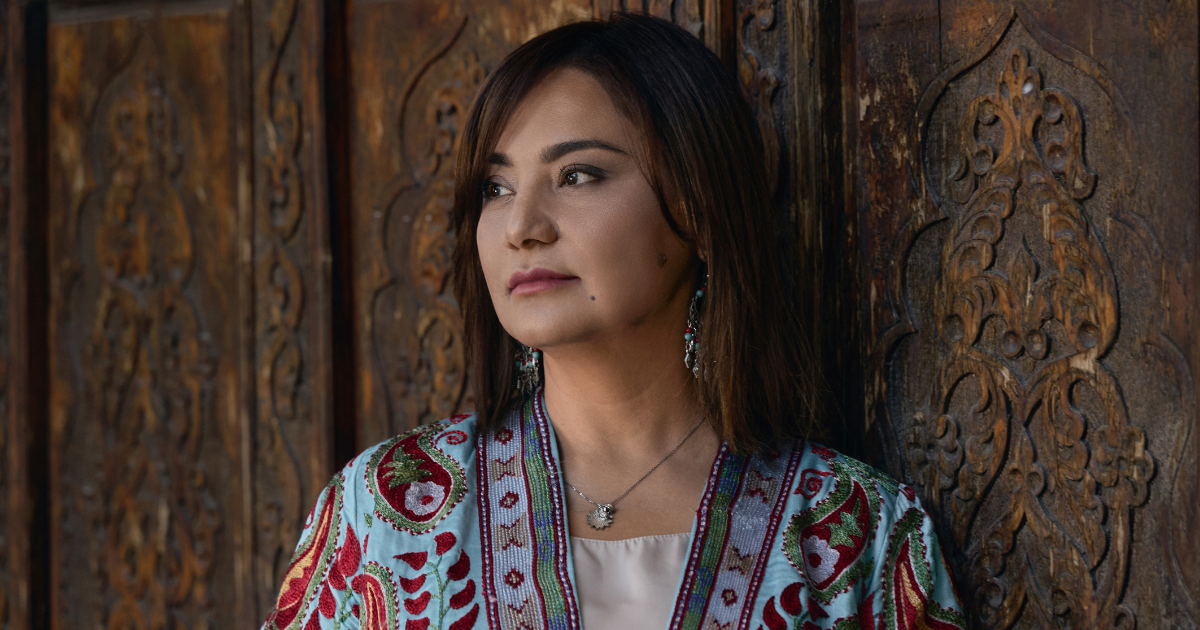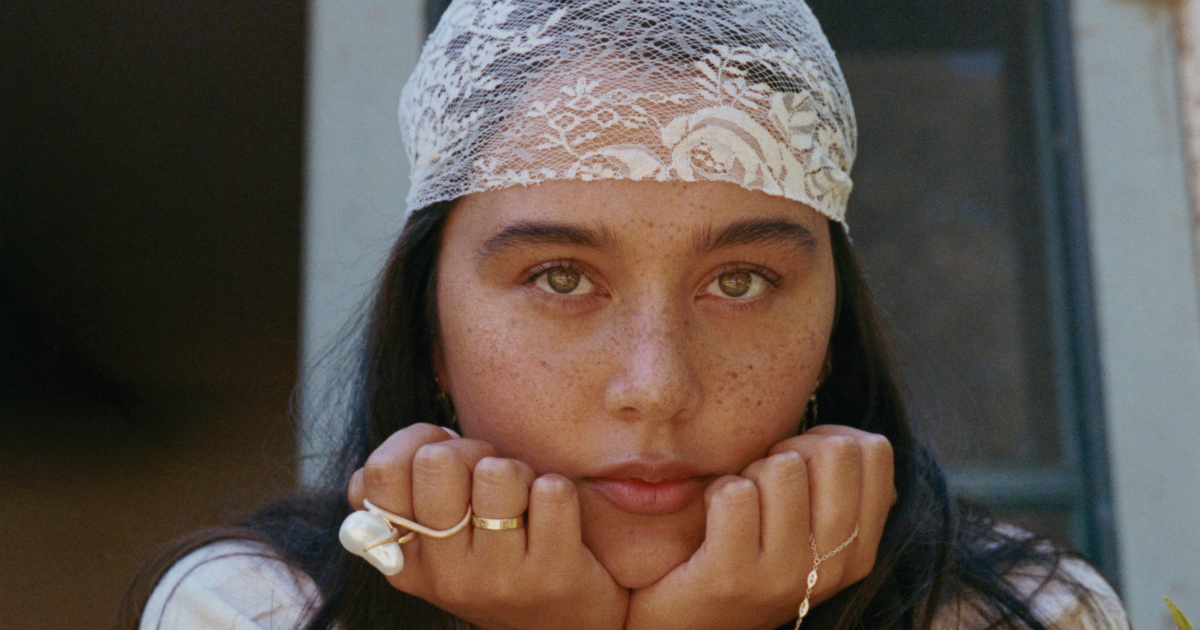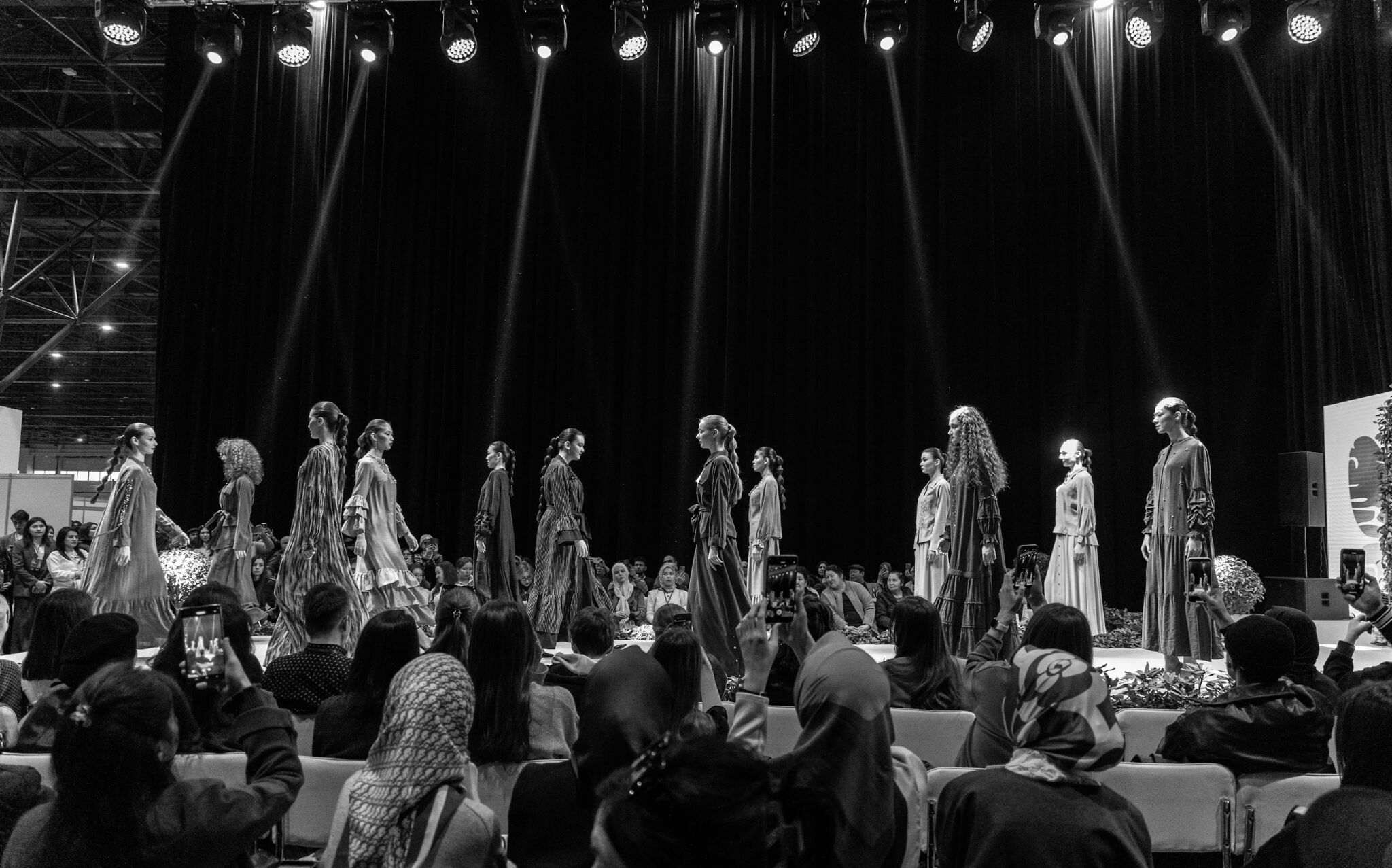Shards of happiness
Jeweler and upcycler Tatevik Karapetyan opens up about the unique charm of her jewelry made from broken dishes
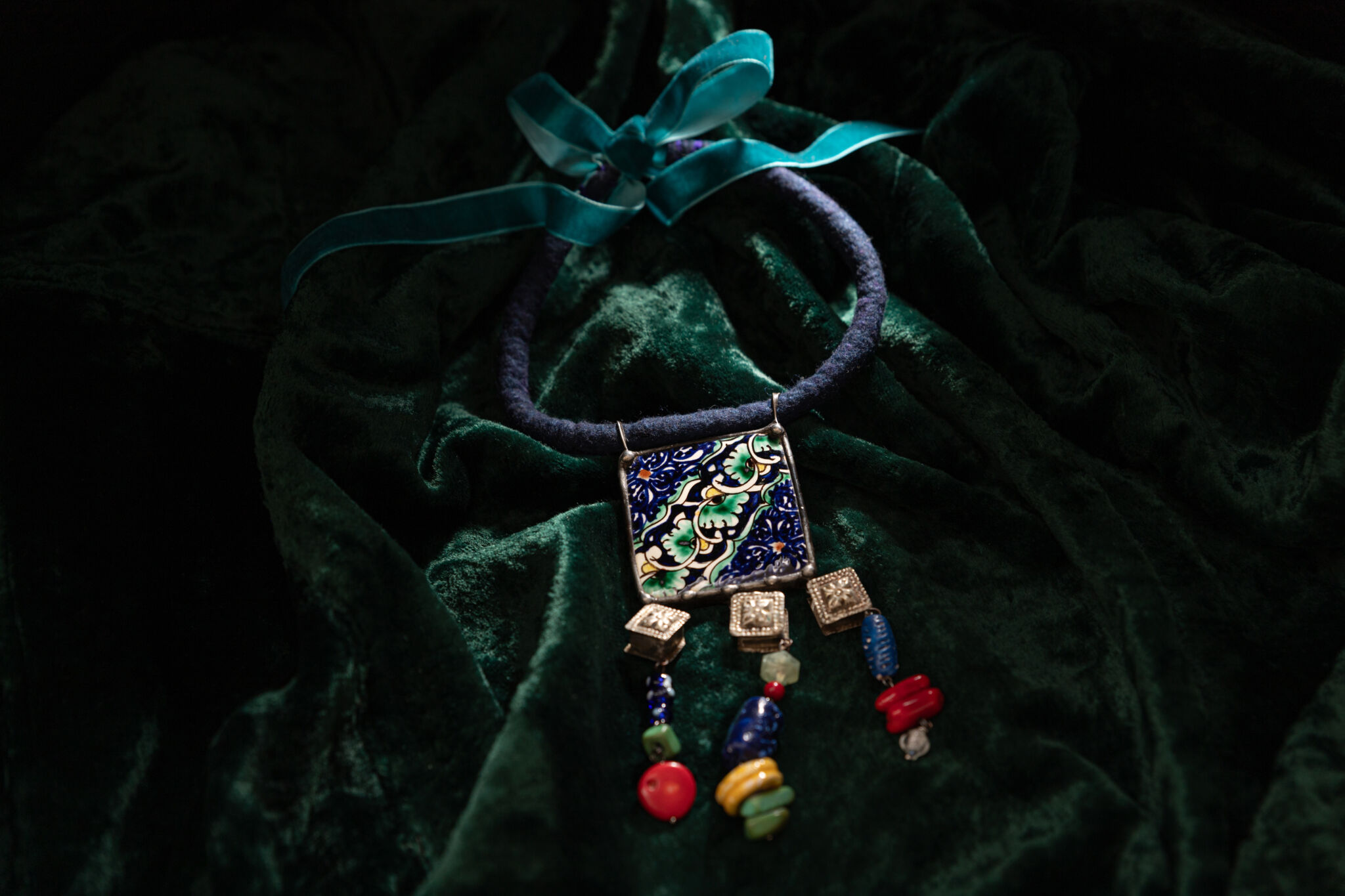
The theme of upcycling is gaining more and more popularity, and it has become increasingly difficult to surprise us with unusual eco-ideas. However, some artists still manage to stand out in the realm of sustainable fashion. Tatevik Karapetyan creates unique jewelry from pieces of broken dishes, an eco-friendly and non-standard solution.
How did it all begin?
Tatevik: "The idea of creating jewelry came to me by accident, or one might say that the "puzzle pieces fell into place" at a certain moment. It’s a long story, but to put it briefly, jewelry as a form of self-expression has been important to me since childhood.
I started making various pieces for myself, my sister, and my friends in my school years. Over time, this hobby evolved with different skills: I made jewelry from beads, leather, fabric, cords, wooden branches, buttons, wool, clay, and metals. Eventually, when I found myself with a broken plate in my hands, I thought, "Why not make jewelry out of it?" It’s worth noting that along with diverse experiences working with materials, I also have varied techniques. I cherish my skill set because it allows me to hand-stitch or sew something onto a necklace. Sometimes I use leather details, other times - wool. I love mixing materials and techniques.
I started experimenting. My perfectionism, combined with a lot of unknowns in jewelry-making, gave me a great impulse and resource to invent with materials and study the intricacies. Back then, the internet was different: there was no one to ask, peek at, or take mentorship courses from. Everyone around me worked in related fields, but nobody knew the answers to my questions, which only fueled my determination."

Photo courtesy of Tatevik Karapetyan, photographer Helen Martyn
Tell us about the unique process features
Tatevik: "People often ask me, "Do you break the dishes yourself?" For me, this is a very important philosophical aspect. I only use tableware that is already unsuitable for its intended use: chipped, cracked, or completely broken. Any dishware eventually becomes unusable. I often buy plates and cups and wait for them to break. I love finding old dishes at flea markets. Moreover, collectors and dishware enthusiasts often give me their "broken treasures”. Sometimes, Uzbek ceramic masters from Rishtan collect and give me their wonderful works if they break. Each piece goes through a long process. Initially, I determine the shape and composition with the pattern, and if necessary, I trim it (sometimes leaving it "as it broke"). Sanding the edges, framing in metal, and then artistic soldering - this is the long core process."
What are the challenges in your art?
Tatevik: "The main challenge is the unstable raw materials. Each plate has its own "character." Even if they come from the same batch, they can behave completely differently during cutting and sanding. Also, any dish can have microcracks and crumble unexpectedly. Continuous experiments bring many surprises. However, this is what I love. It inspires me to work with this technique and material for so many years. It's an endless adventure and a thrill - "Can I figure out how to make this work?" That's why it's hard to delegate most processes, especially with handmade ceramics from masters who create using ancient techniques. Each shard requires a special approach and relationship.
I especially love working with handcrafted ceramics, like those made by Usto masters, who create pottery using ancient techniques, from clay they dig up themselves, with paints they make themselves, and fire in ovens "by eye, as their fathers and grandfathers did." Each shard demands a unique approach and relationship."
Do you have pieces you couldn't part with?
Tatevik: "Yes, of course. There are 2-3 brooches from the very first plate I made. The brooches stayed with me, and I cherish them! There are also a few pieces with personal emotions, like jewelry made from my grandmother's plate. Sometimes I make pieces that I can't stop admiring their shape, composition, or color. Sometimes the magic is so strong that I keep these treasures for myself."
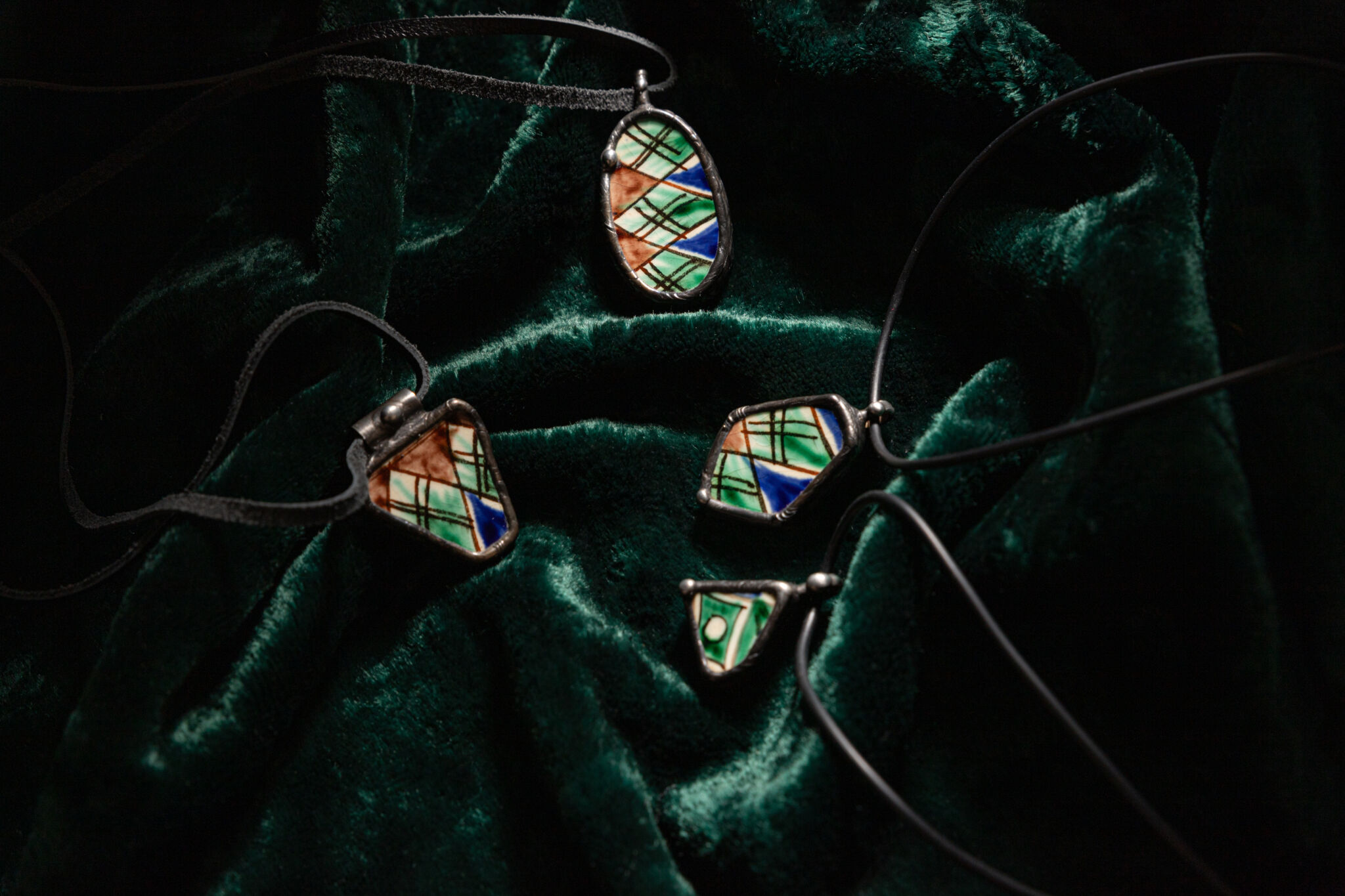
Photo courtesy of Tatevik Karapetyan, photographer Helen Martyn
Any "breakthrough" idea is soon replicated by others. How do you feel about the possibility of being copied?
Tatevik: "Yes, it's true. However, I understand that my experience and path are unique. Each person will create their own way. In general, I believe it will benefit the market by expanding it. More people will recognize that such creativity has a place. And more dishware will get a second life. However, it saddens me when people, chasing a "successful" idea, miss the essence and just "stamp out" something similar for profit. I hope there won’t be a mass trend of breaking dishes in Uzbekistan to make souvenir keychains."

Photo courtesy of Tatevik Karapetyan, photographer Helen Martyn
Is This a Financially Sustainable Venture?
Tatevik: I’m especially pleased to see the trend of society evolving towards accepting upcycled items. People are less doubtful and more accepting of these items, which is great and a testament to all participants in this market. Customers understand the value of contributing to eco-projects.
The stability of income with an upcycle brand, especially with very exclusive items (since it’s impossible to make identical mass-produced items in my case), is still a dream. However, for many years, the brand has been completely self-sustaining and allows for the development of additional branches. One of these branches currently in development is creating mosaic items from dishware fragments unsuitable for jewelry. In this case, the goal is to make scalable products.

Photo courtesy of Tatevik Karapetyan, photographer Helen Martyn
Does commerce interfere with creativity and inspiration?
Tatevik: "In my case, it’s all so interconnected that it doesn’t interfere at all. On the contrary, it helps me develop and not get stuck in a specific role. I genuinely believe that an artist shouldn’t be starving and that commercial success should be one of the top priorities. Some basic items consistently bring predictable income. Another question is that within the brand, within this philosophy, just making basic jewelry is boring for me, and I happily engage in other small projects or collections. Each project has its own specific and not always commercial potential. It’s more of a new stage in my development as an artist.
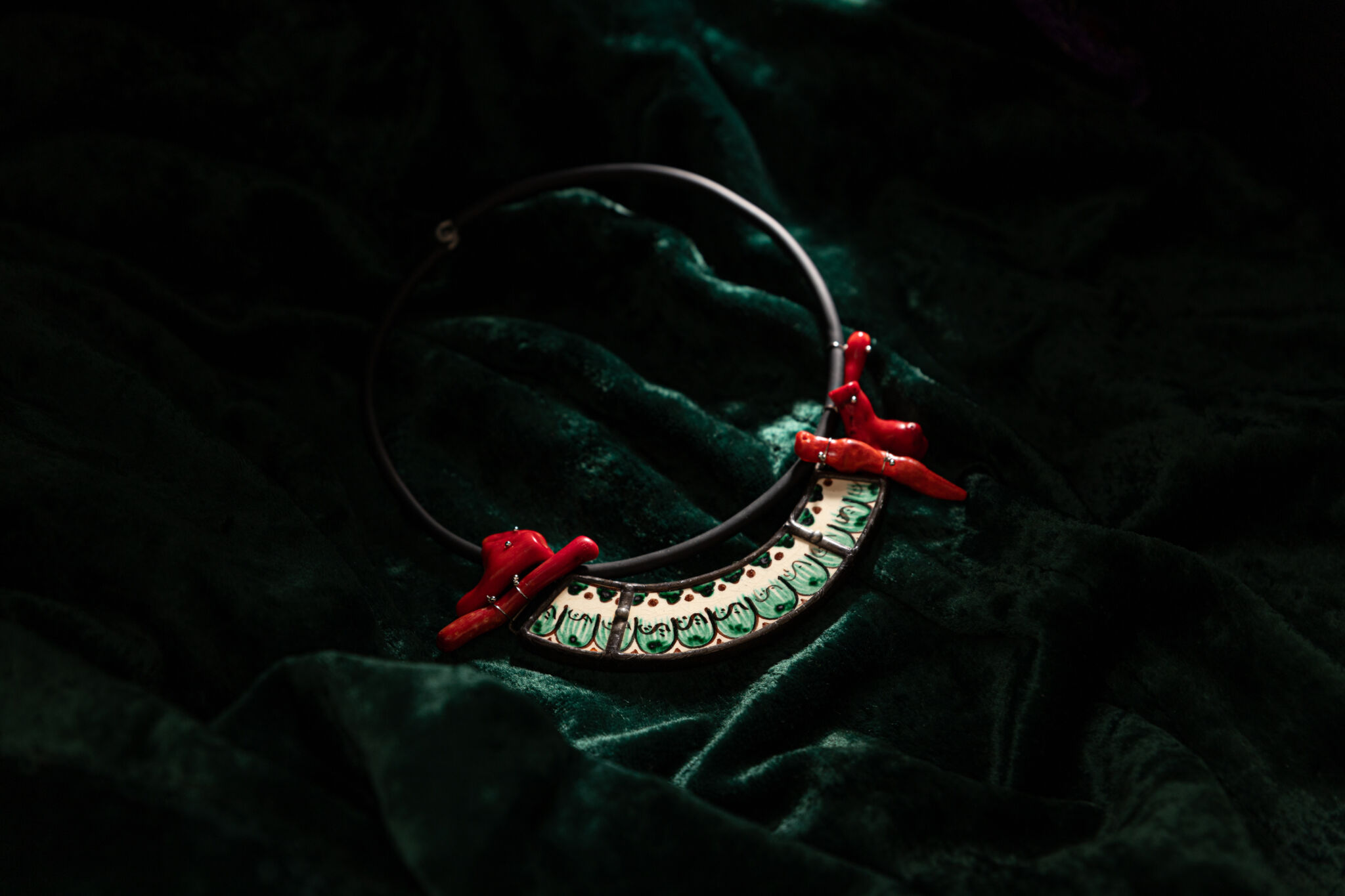
Photo courtesy of Tatevik Karapetyan, photographer Helen Martyn
Additionally, some processes within the brand are aimed at upcycling awareness and eco-agendas, which sometimes don’t bring immediate profit. However, interacting with people, sharing knowledge, and engaging in the world of upcycling inspire and energize me."
Future Development and Expansion Plans
Tatevik: There are many plans, but not enough time and energy. Shortly, I want to work with Gijduvan Ceramics. It’s entirely different in color and mood. I look at it, touch it, and want to create something special and different, "listening" to the pieces. At some point, the idea will be born by itself, that’s how it works for me. Also, the Rishthan Usto plates are waiting for their turn. I want to find a unique image and shape for each master. These are interesting creative tasks for me, primarily. Moreover, I’ve long had the idea of creating a collection of candlesticks. In the near future, I plan to work on launching the "dishware mosaic" branch.
If not this, what would you be doing?
Tatevik: At some point, I realized that this large upcycle project is more than just creative self-expression, a hobby, or a business.
It’s something more, like a way of life, and it’s 100% mine. The project encompasses all the values that are important to me: respect for things, eco-friendliness, beauty in simplicity, and educational work. The only alternative I could imagine would be working in the field of creative education. I have eight years of experience teaching composition, drawing, and art history. I know it works well and how it can be effective.
